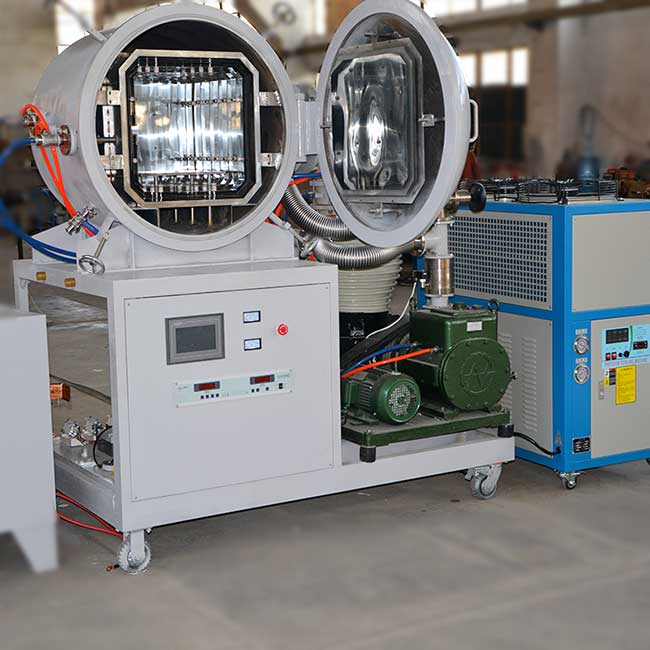


NEWS
The vacuum sintering furnace is mainly used for the sintering of active metals and insoluble metals, hard alloys, magnetic materials and stainless steel. The vacuum sintering furnace is actually low pressure (reduced pressure) sintering. The higher the vacuum degree, the closer to the neutral atmosphere, and the less chemical reaction occurs with the material.
The main advantages of vacuum sintering furnace are:
(1) Vacuum is beneficial to the elimination of impurities such as silicon, aluminum, magnesium, calcium, or their oxides, and plays a role in purifying materials.
(2) Vacuum is beneficial to remove the adsorbed gas, and has an obvious effect on promoting the shrinkage in the later stage of sintering.
(3) Vacuum is an ideal inert atmosphere. When other reducing or inert gases are not suitable, or for materials that are prone to decarburization and carburization, vacuum sintering furnaces can be used.
(4) Reduce the contamination of products by harmful components (water, oxygen, nitrogen, etc.) in the atmosphere. For example, it is difficult to reduce the water content in electrolytic hydrogen to -40°C dew point; while in vacuum sintering, as long as the vacuum degree is hundreds of Pa, it is equivalent to the water content being -40°C dew point.
(5) Vacuum can improve the wettability of liquid phase sintering, which is conducive to shrinkage during the sintering process and improve the structure of the alloy.

Leave A Message